Ever taken the time to check out the chemicals hiding under your sink, NOPE, we don’t blame you either. Out of site out of mind, right? Household favourite Fairy Liquid, been around since the 1950's carries a hazard warning sign stating "harmful to aquatic life with long lasting effects," this is the stuff we wash our dishes with EVERY DAY!
Keep reading as we give you the TONIC TRUTH and take a closer look at the ingredients that make our cleaning products work so well and if there's a more sustainable, chemical free way to spring clean this year. 🤩
But first, the chemicals!
Anionic or Non-ionic Surfactants and why should we care?
They're a group of chemicals found in loads of cleaning products. Their job? To reduce the surface tension of water, helping to loosen dirt, grime, and grease from surfaces, still with me?
The 4 main surfactants:
- Anionic the most commonly used and versatile surfactant, most effective at removing oily residue. BUT these can be super potent ⚠️ and can cause skin irritation, OUCH! 😳 You'll likely find them in hand wash and kitchen cleaners but also toothpaste.
- Cationic – not as common, can be found in disinfectants. These guys are effective at killing microorganisms 🦠
- Amphoteric – not really used in cleaning products more likely to be found in shampoo and body wash. Often used in products developed for sensitive skin.
- Non-ionic - known for their ability to prevent the formation of “soap scum” in hard water. Less effective and less potent, they are associated with causing less skin irritation.
Despite their importance in cleaning products, manufacturers and brands don't specify chemicals on their labels they just include them as a %, confusing right?
Keep an eye out for brands like: Fairy Liquid 🫧 Flash Bathroom Cleaner 🚽 and Cif Cream 🚿
Other chemicals of concern
Benzisothiazolinone (BIT) and Methylisothiazolinone (MIT) are two preservatives used in a variety of cleaning products, including big names Fairy Liquid and Cif Original Cream. Just the thought of pronouncing those names is a red flag 🚩
Bottom line, they stop the growth of bacteria, fungi, and other microorganisms in the product, this help to extend its shelf life and prevent spoilage, hence the term "preservatives."
So while they may prevent unwanted growth of bacteria. They've also been associated with a number of health concerns:
- allergic reactions
- skin irritation
- contact dermatitis
- other skin conditions
The concern around the safety of these preservatives is so high that some manufacturers have already begun phasing it out!
What's the effect on the environment ☠️
We're led to believe we need harsh chemicals to get rid of germs. But that's not true! Using petrochemicals, detergents, and chemical disinfectants all the time can actually be bad for both our health and the environment.
These substances can be dangerous if swallowed (kids & dogs), irritate our skin and some studies even suggest using cleaning products can make the air in our homes more polluted, that’s nuts! Plus, when we wash these chemicals down the drain, they end up in the water and harm animals and the water treatment facilities.
This next bit will blow your mind 🤯
According to a report by the Environment Agency in 2020, every single river, lake, and waterway in England was polluted with synthetic chemicals linked to human activity. Not a single body of water met the legal quality standards. I'll say that again, NOT A SINGLE BODY OF WATER MET THE LEGAL QUALITY STANDARDS!
Is there a better way?
Fortunately, there are numerous non-toxic alternatives available that work just as well, and often have a more pleasant fragrance. Check out some of our favourite natural and eco-friendly cleaning products, don't worry you'll still have sparkling home just without damaging the planet.
A few stand out brands online that offer subscriptions:
- Evovibe (antibac, bathroom, toilet, kitchen)
- Smol (multi-purpose, bathroom, glass)
- Neat (multi-surface, bathroom, glass & mirror)
Chemical Free Spring Cleaning Guide

Here's a quick summary:
- What to look for
- What to avoid
- What brands and products are best
It's free to download. Click this icon to see it 👉📑
On mobile? Click here instead 👉📲
More on Instagram & TikTok this week...
This week on socials, we’ll be looking at all things ‘Spring Cleaning’. Sunna will be taking a look under the sink at some popular household favourites, as well as why we all need to DITCH the Fairy Liquid for an eco-friendlier option 🐟
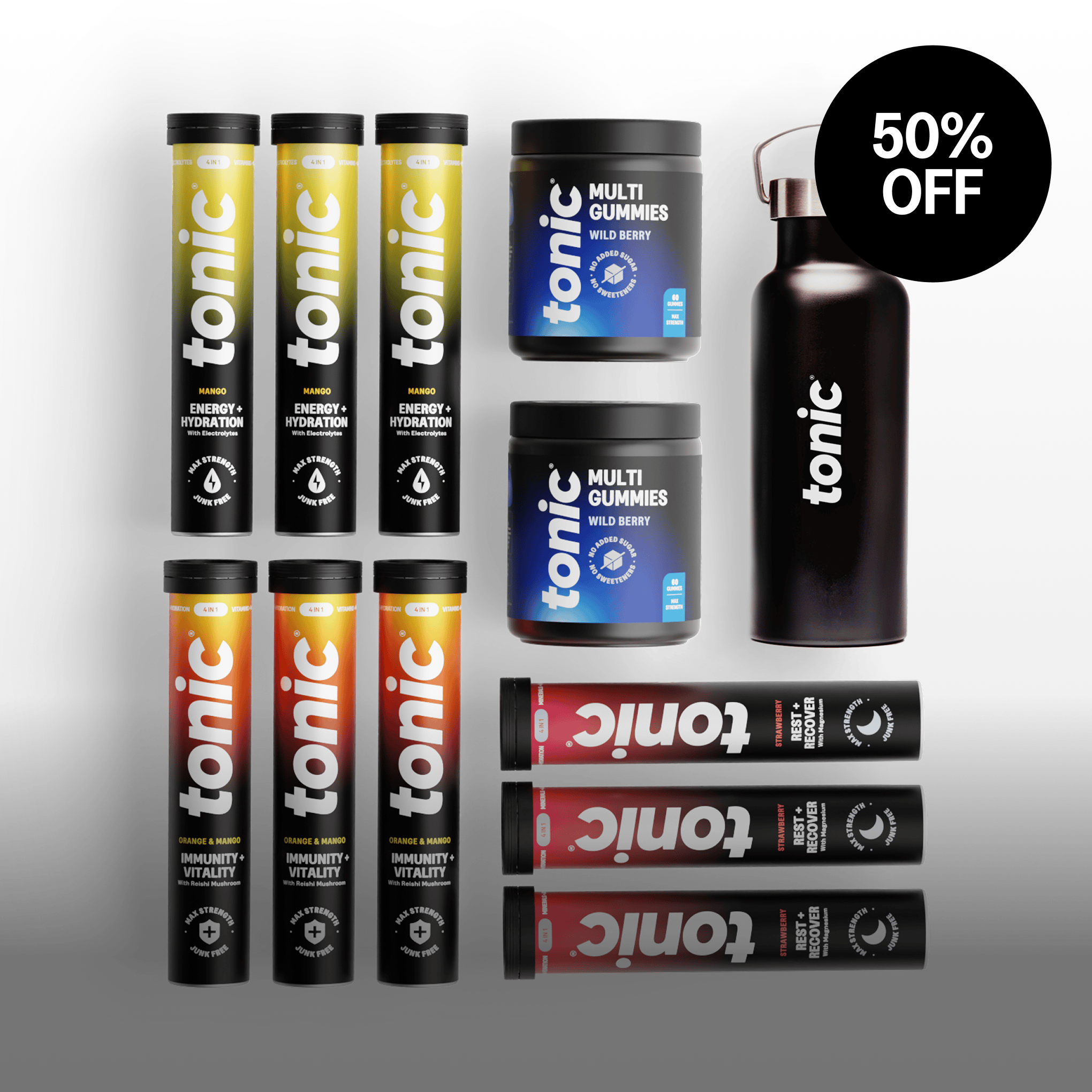
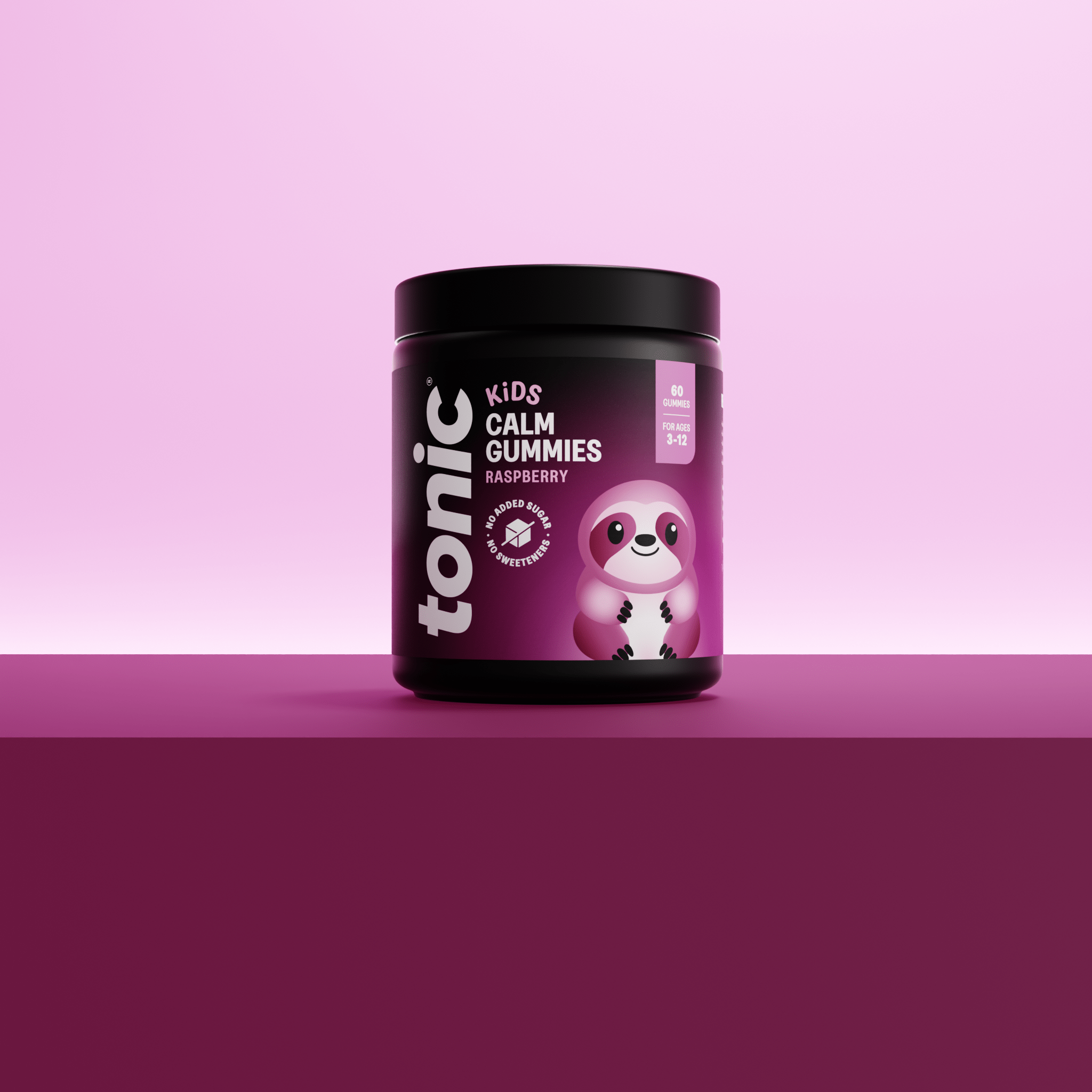
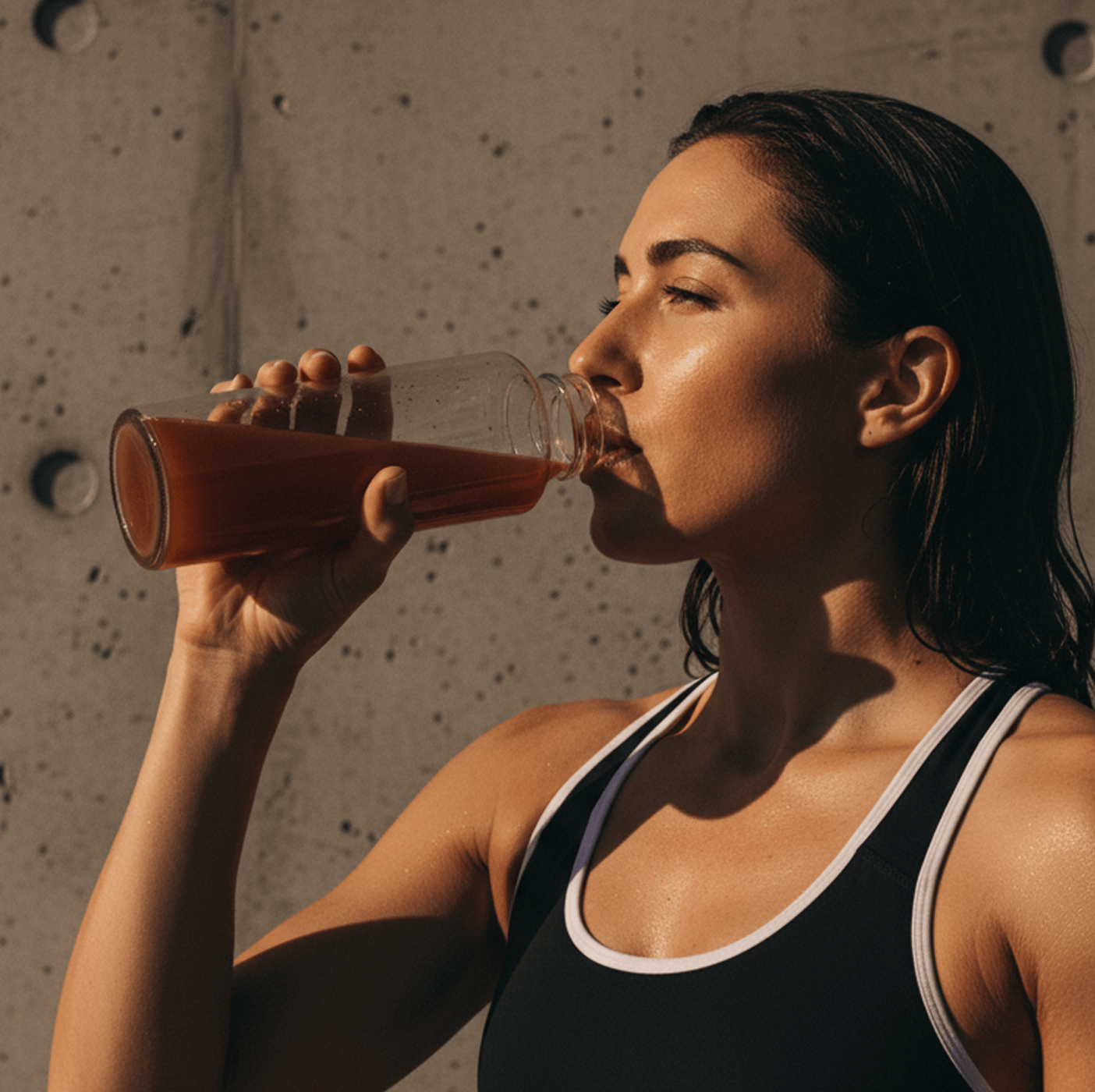
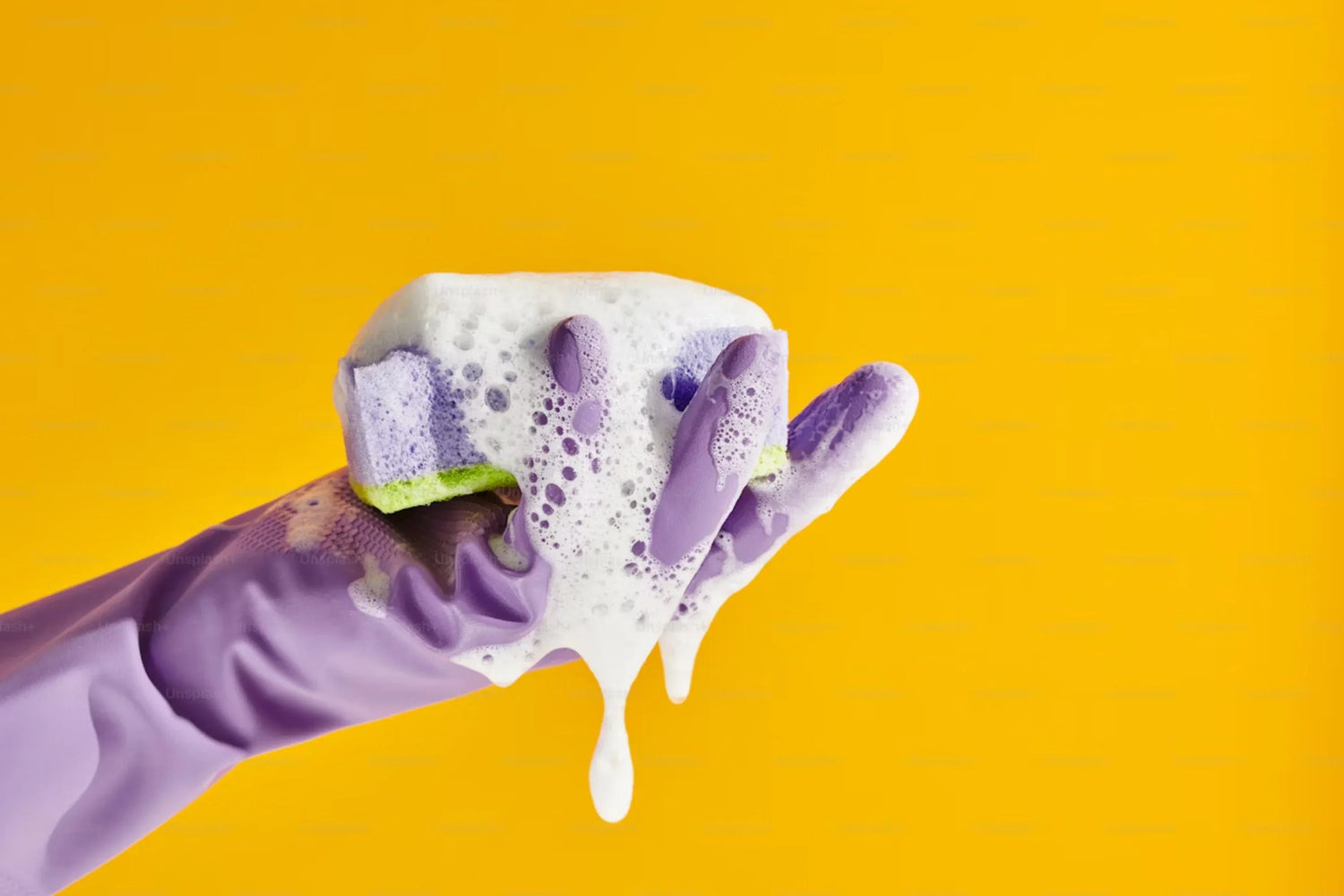

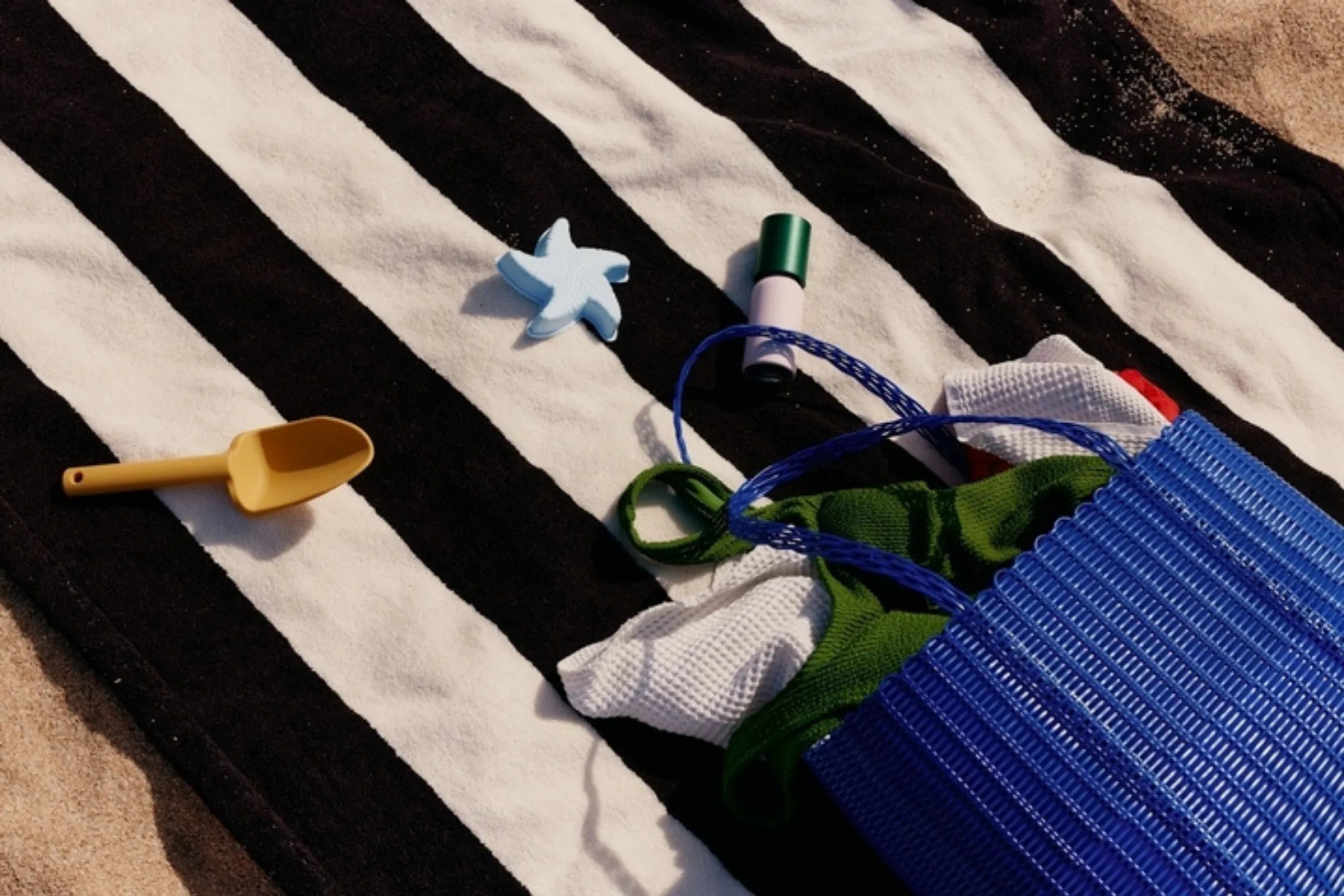

Leave a comment
All comments are moderated before being published.
This site is protected by hCaptcha and the hCaptcha Privacy Policy and Terms of Service apply.